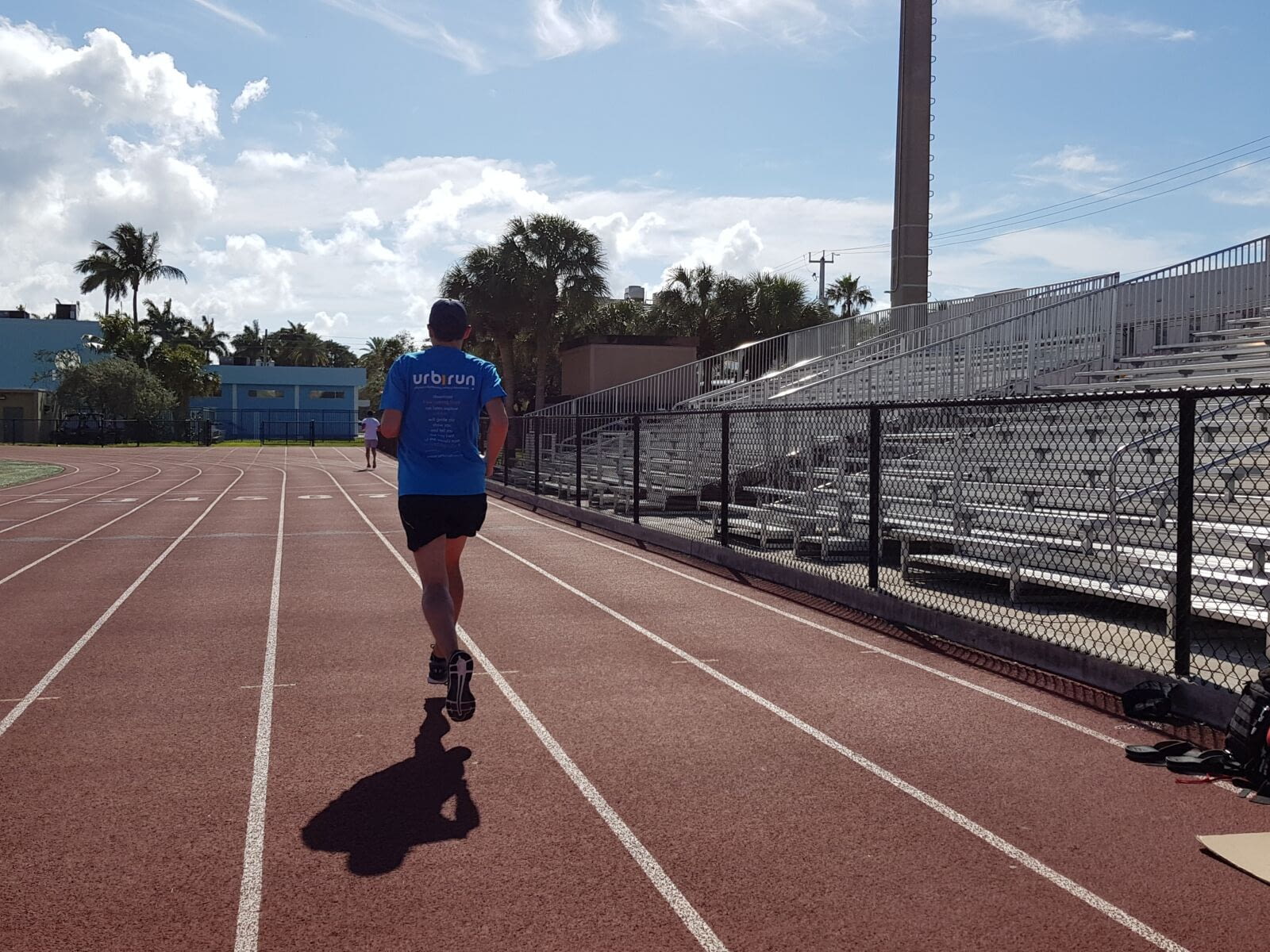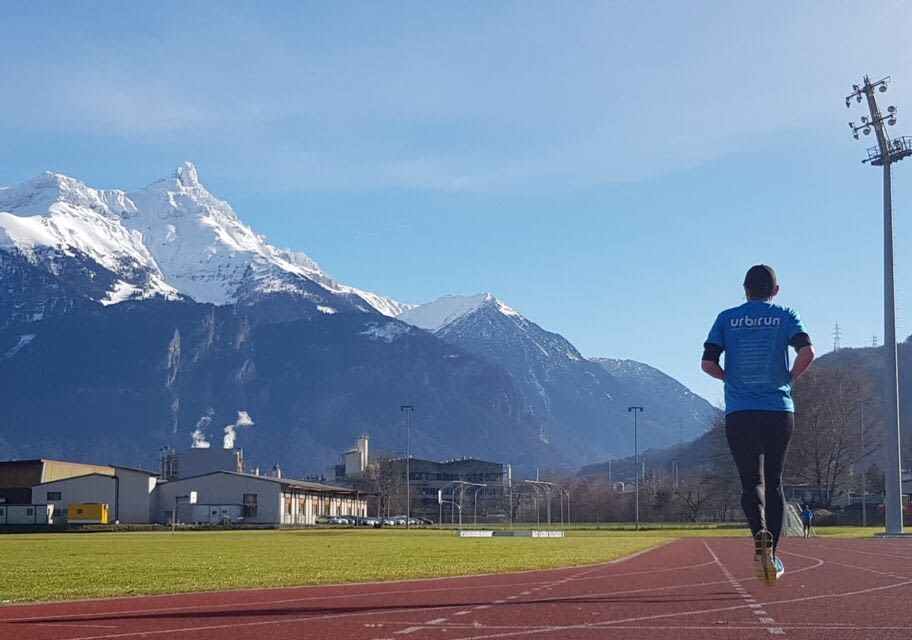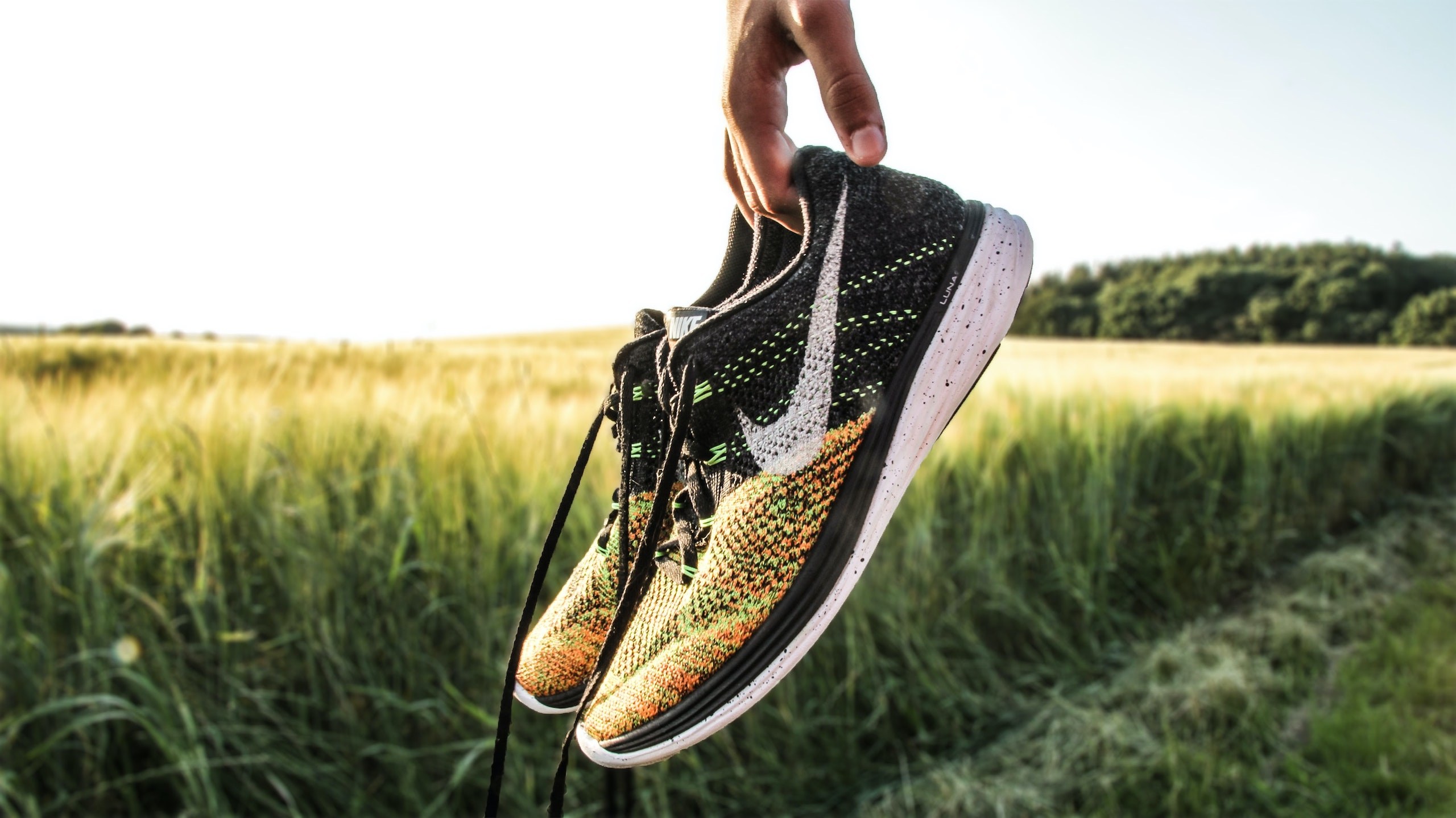Subscribe to our newsletter and keep up to date with urbirun news, new destinations and exclusive routes.
Join de urbirun newsletterEvery runner knows that varying pace and splits is important.
And what better way of doing that than by running laps around the track from time to time?
So, if you’ve already done so, I’m sure you asked yourself the 3 major questions linked to running in almost circles around a piece of grass:
– Why is the track 400m long?
- Why are we running counter-clockwise?
- Why the fuck am I doing this?
Well don’t worry, we’re going to explain it all to you (well, just the first 2)… you’re welcome, I know it’s cool. …
So why 400 metres almost round?
Well, oval actually…
But that’s not the point. As it was the Greeks who started running for the pleasure of the sport, they are at the origin of many running distances (I’ve explained the history of the marathon here, in case you’ve forgotten). Well, they ran naked, but you don’t have to. It’s up to you.
600 feet of Hercules
And so they ran the diaulic, a distance corresponding to 2 laps of an ancient stadium, i.e. 2 × 192m… and now, curious little kitten, I’m sure you’re wondering why this ancient stadium was 192m long, and you’re right. And you’re in luck, because we’re going to tell you too: 192m corresponded to 600 times the length of Hercules’ feet, so he had 32cm long feet, which is still 3cm longer than an A4 sheet of paper. You don’t need to measure yours, they’re smaller, because we know that Hercules wore ASICS size 49.5. Yes, I agree with you, with flippers like that, he would have been better off going in and out of a swimming pool rather than running laps around the lawn…
So the ancient athletes ran the diaulic, or 384m, naked.
Which still doesn’t answer the question, I agree.
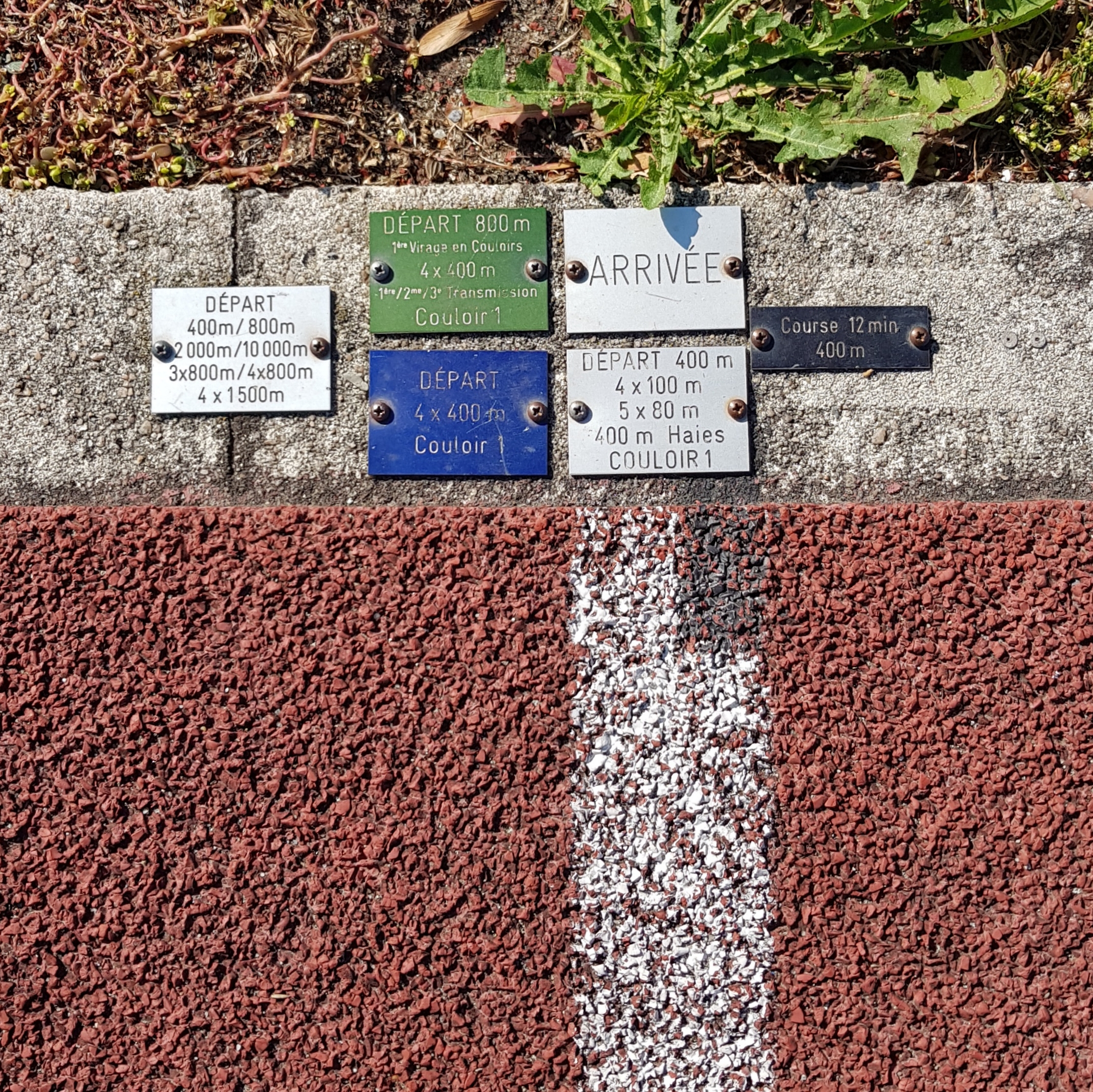
But that’s almost a quarter of a mile
Yes, it wasn’t until the 19th century that the stadium as we know it appeared, and it came from the United Kingdom, like almost all sports except sumo, which came from obesity problems…
The English therefore adapted the Greek distance of 384m, saying to themselves: ‘Well, that’s funny, that good old diaulic is almost a quarter of a mile, but it’s complicated to measure if you don’t have a Hercules available, but only Johns and Peters… let’s go crazy, let’s make stadiums a quarter of a mile long’…
And so it was probably because of a simple first-name issue that the English adopted a track measuring 402m (440 yards), or a quarter of their famous mile of 1608m…
A good dose of metric
But as the metric system finally came into its own, here we are with 400m runs right on target. Well, only for the first lane. Because physics dictates that the further you get from the lawn, the longer the 400m lap. That makes sense.
So how long is each lane of the athletics track?
Take a look:
- Lane 1: 400 m
- Lane 2: 407.04 m
- Lane 3: 414.70 m
- Lane 4: 422.37 m
- Lane 5: 430.03 m
- Lane 6: 437.70 m
- Lane 7: 445.36 m
- Lane 8: 453.03 m
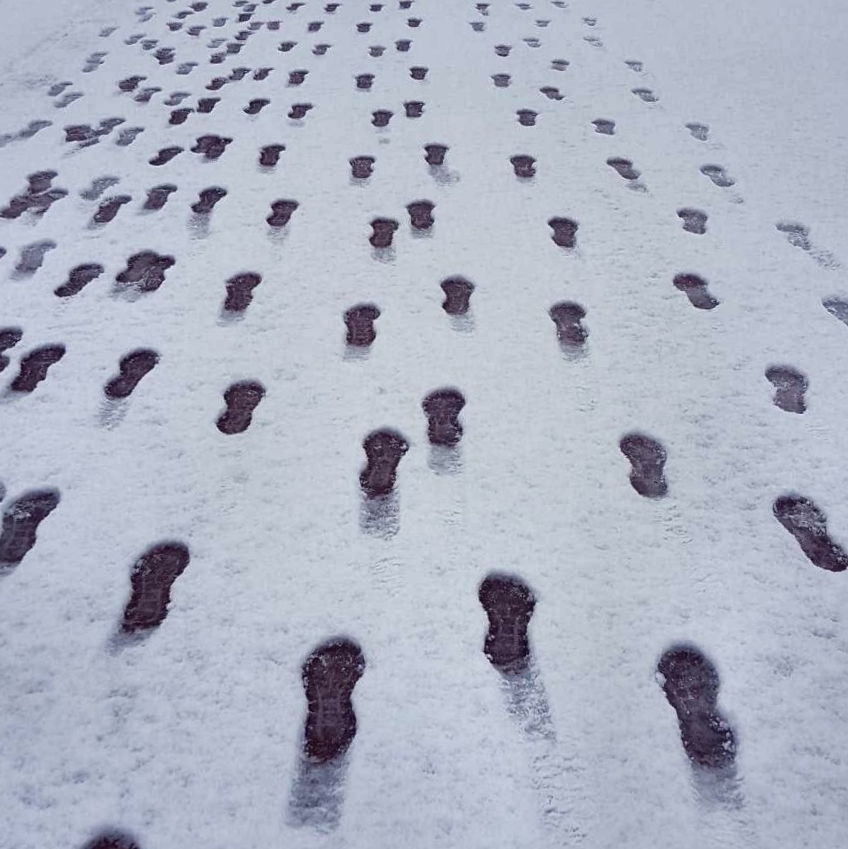
Note that the track does not shrink when it gets cold…
And why do we run counter-clockwise?
You might think that running counter-clockwise is some ridiculous instinctive attempt to improve your time. Well, not at all, even if it does have something to do with instinct, apparently…
At the first Olympic Games of the modern era in 1896, athletes had to run clockwise. But many complained that this didn’t feel right, and in 1913, after the fifth Olympiad, the rules were changed, and since then we’ve been turning as you do instinctively, with the inside of the bend on the left.
But why does it feel better that way? It seems to have nothing to do with not feeling guilty about breaking the rules…
Some scientists put forward physiological reasons.
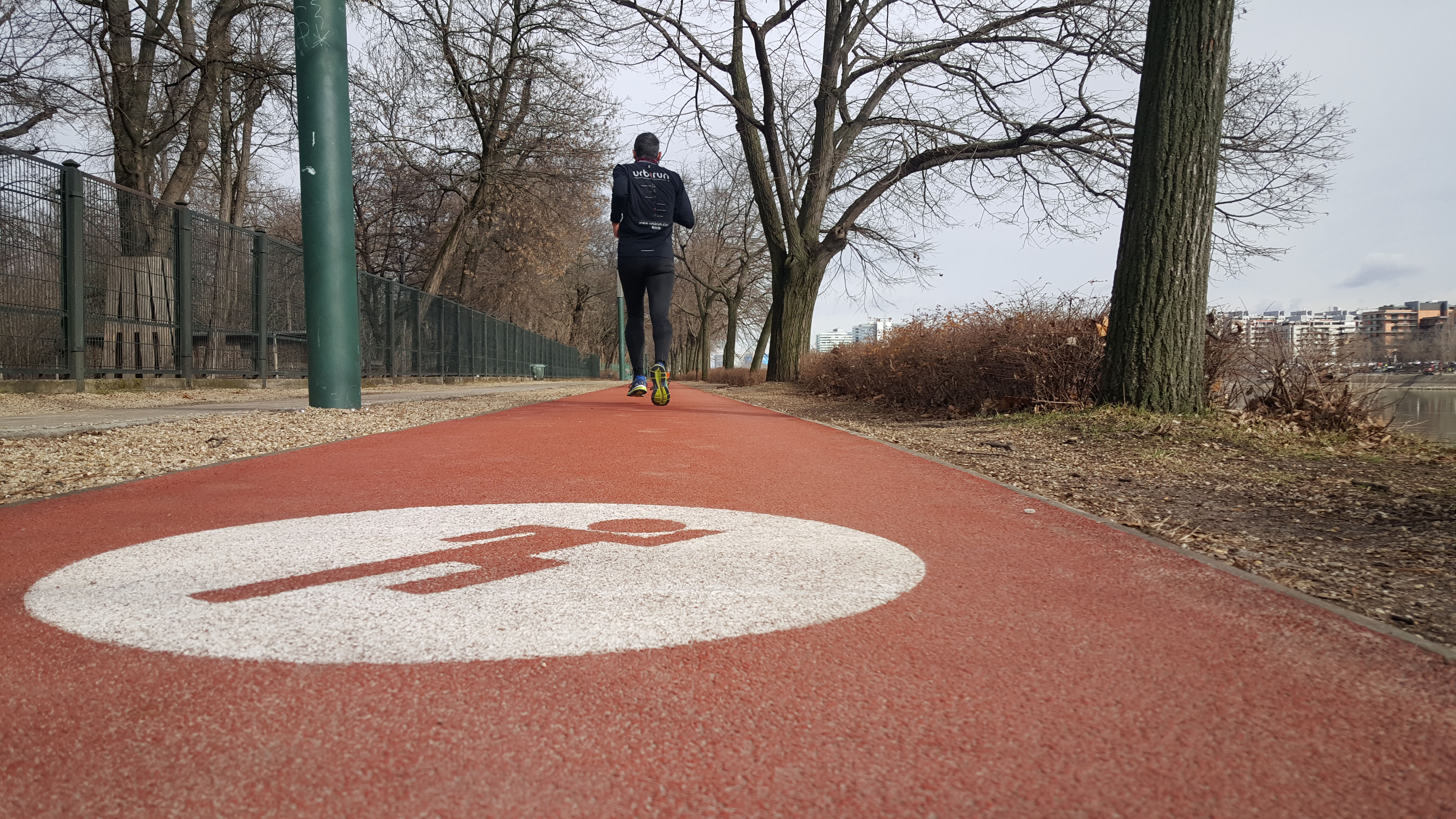
There are also longer tracks, such as the one around St Margaret’s Island in the middle of the Danube, in the middle of Budapest (5km).
Physiological reasons?
Well, for example, because our perception of space is determined by the right hemisphere of our brain, the right hemisphere that controls the left side of our body… and so we feel more comfortable turning to the left…
Another explanation is the position of the heart, on the left… which, because of centrifugal force, distributes the blood better in the body by turning to the left…
In any case, it’s quite instinctive, and the police in one Japanese town found that 80% of criminals fled to the left… so if one day you need to flee the Japanese police, turn right, they’ll be lost…
And this direction can be found in other sports like baseball or horse racing, and even in merry-go-rounds…
There, now you know everything and you can run and train on the track… go on…
And if you don’t like it, you can discover the world by downloading the urbirun running routes, in audio-guided tourist mode, or with the sightrunning route in .gpx format.
